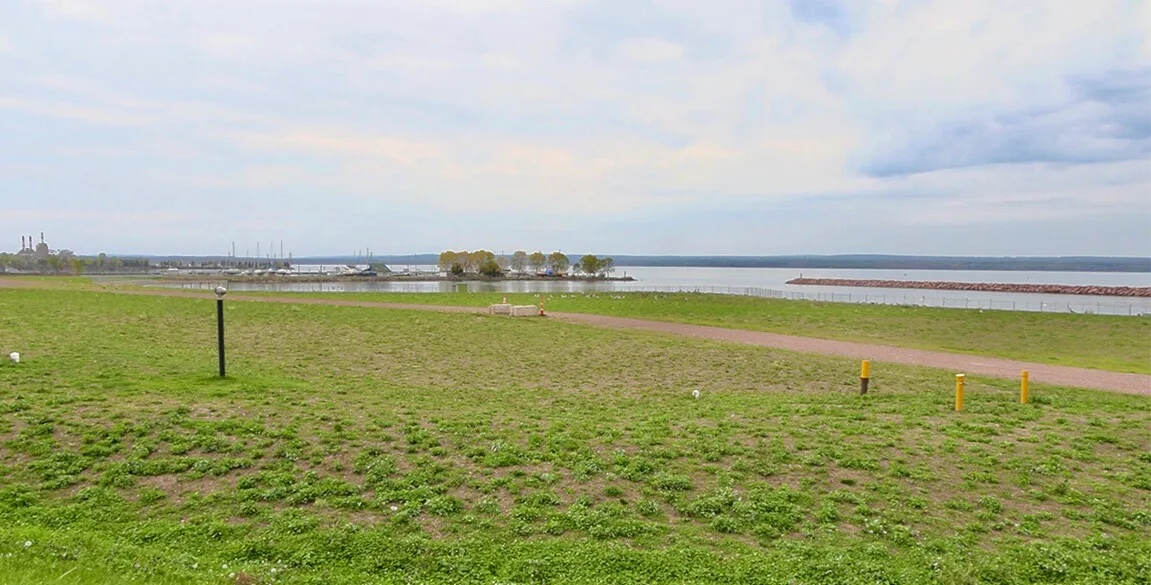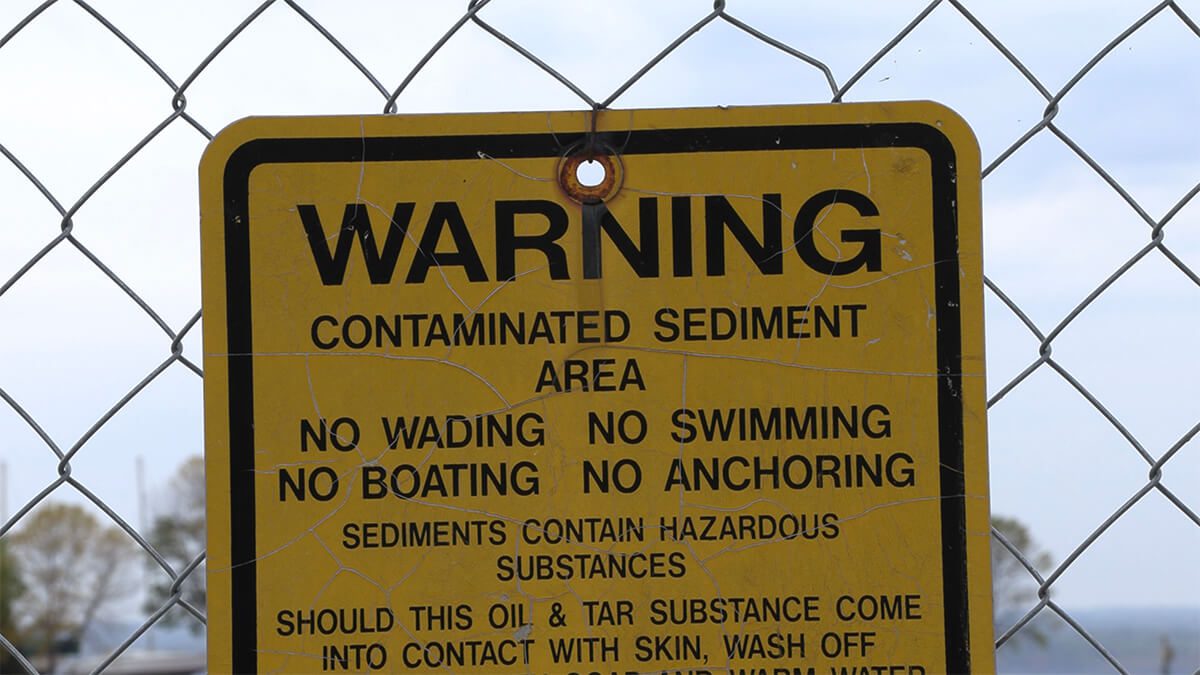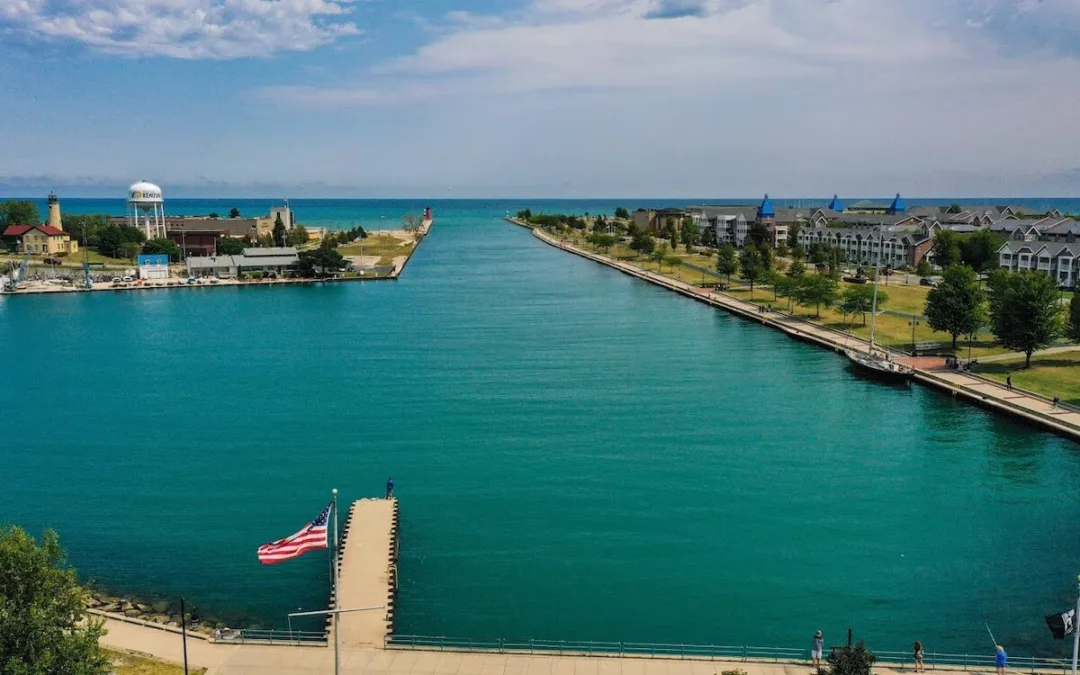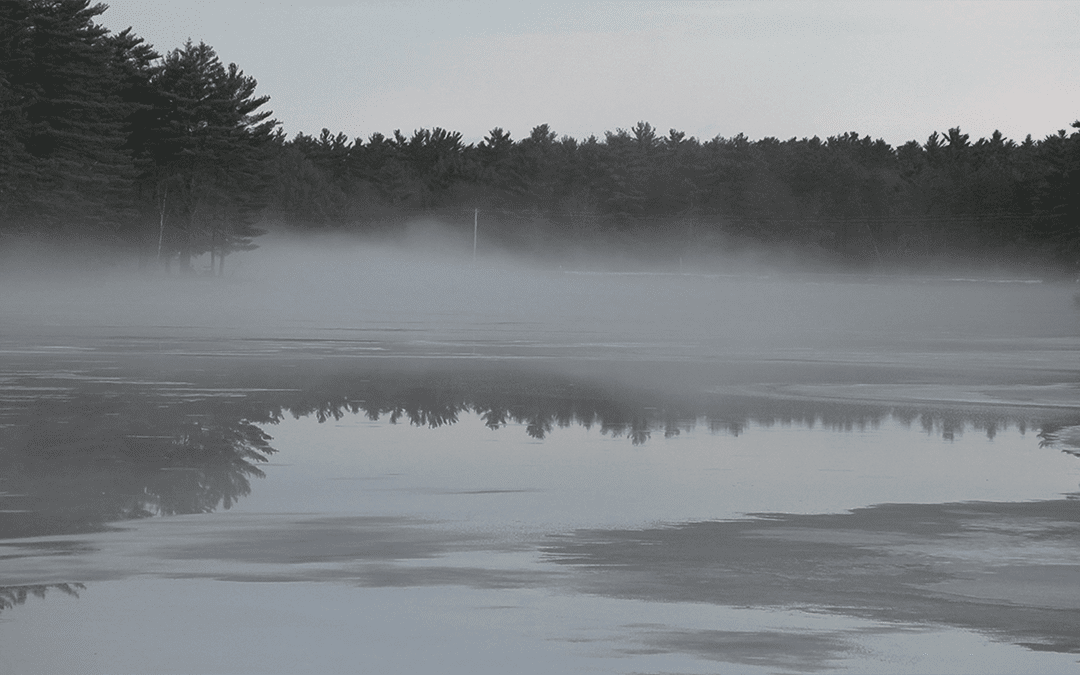
#image_title
#image_title
Rehabilitation of the former Superfund site is just the latest example of this Northwoods city’s efforts to reclaim its shoreline and reinvent its image.
Some 36 acres in and along Ashland’s Lake Superior shore have been off-limits to the surrounding community for years.
Efforts to remove materials that are hazardous to human health from the soil and sediment lasted from 1994 to 2019. Now, the city of Ashland is preparing to turn the treated land into part of a public park.
The Environmental Protection Agency (EPA) and Wisconsin Department of Natural Resources (DNR) provided oversight of the contaminated area and outlined the remediation Xcel Energy needed to undertake. Xcel is the modern name of Northern States Power Company, the corporation that had operated a plant producing gas for light fixtures. The EPA called the former gas plant the “primary source of contamination” in a 2019 report.
Michael BeBeau, Xcel’s community service manager, spent 20 years of his professional life devoting a majority of his work hours to the cleanup effort.
“It was definitely a long project,” BeBeau said. “But we wanted to do it right. We wanted to do it once.”
The city of Ashland seems grateful for those efforts. Parks and Recreation Director Sara Hudson has been involved with the project since first coming to work in the community in 2010. Now, she gets to oversee the implementation of the city’s plans.
“This is a major cleanup,” she said. “This is a one-of-a-kind effort trying to clean up land and water at the same time.”
The Good Old Days
Ashland was once an industrial hub of the Northwoods. Its high school sports teams are still known as the Ore Dockers, named for the many docks whose supports still jut out into Lake Superior. The lakeshore was a hive of industry with five docks, lumberyards, and plants.
Preceding the collapse that would plague the Midwest in the coming decades, Ashland lost much of its industry in the middle of the 20th century. The gas plant that regulators called the main source of the pollution along the lakeshore shut down its most hazardous operations in 1947, according to the EPA.
Ashland first realized it had a problem in 1989 when some work to expand the wastewater treatment plant discovered tar below the ground. The community closed the treatment plant and eventually built a new one several miles away.

A 1994 DNR investigation detected several materials hazardous to humans at the site, such as lead, arsenic, and benzene. The contaminated area included 25 acres of land on shore between Prentice and Ellis avenues, and 16 acres of Lake Superior’s lake bed. Several homes and a school fell within the contaminated area.
The EPA eventually designated the land a Superfund site, or a severely contaminated site that falls under the EPA’s purview.
Roasting Dirt and Vacuuming Lake Muck
There were decades of haggling over responsibility for the mess, studying the contamination, and planning for its eventual remediation.
Work to remove the contamination finally began in 2015, BeBeau said, but an EPA report pinpoints 2014 as the beginning of physical work on the property. Crews toiled through 2019 when the site was capped. Official sign-off on Xcel’s labors came from regulators the next year.
RELATED: The Problem of ‘Forever Chemicals’ in Marinette, and the Solutions That Could Take as Long
Efforts included digging up dirt and roasting it to burn off the contaminants. Crews also dredged 16 acres of Lake Superior to pull up contaminated sediment.
The latter process involved constructing what BeBeau likened to “a bathtub” around the contaminated lakebed to prevent the accidental spread of the dangerous materials during cleanup.
Representatives for Xcel Energy have repeatedly claimed that their efforts to decontaminate the site are unprecedented, given that the project spanned both land and lake.
The effects of the contamination will continue to ripple through Ashland. Xcel built a long-term monitoring well as part of the first stage of the cleanup to keep an eye on the quality of the groundwater. Two of the city’s wells in the area were shut down as part of the project, the EPA report said.
On the site of the old gas plant that regulators believe is responsible for the bulk of the pollution sits a water treatment system that will continue to pull impurities from the water table.
The Future
The city of Ashland has plans for the site after taking ownership in 2019.
The city’s first project will be to tie what is now a vacant lot inhabited by geese into the lakefront park next door by building a parking lot that will serve an existing boat launch.
The abutting lakefront bike and walking trail has been reopened for the first time since 2013, allowing Ore Dockers and tourists alike to traverse the city’s four miles of green space that it has established along the shore.
The project is Ashland’s most recent example of reinvention.
Following the shutdown of the lakefront industry in the mid-20th century, the city made plans for redevelopment that Hudson said began to take shape in the early 2000s.
Lumber mills and ore docks have become beaches and parks.
Hudson describes herself as living in “vacation land”–a far cry from the Chicago of the North that many imagined for Ashland’s future a hundred years ago.
“Definitely a lot of change along the lakefront in the last several decades,” BeBeau said. “When I moved back here, that last standing ore dock was torn down to the base.”
This version is not built on extraction from the natural beauty of the Northwoods and Lake Superior, but rather on appreciation and sustainability.
“For most of us, it’s the reason we live here,” Hudson said of Lake Superior. “It’s the reason I live here, and it’s gorgeous. It’s beautiful, and it’s the greatest of the Great Lakes.”
Politics

What’s the difference between Eric Hovde and Sen. Tammy Baldwin on the issues?
The Democratic incumbent will point to specific accomplishments while the Republican challenger will outline general concerns he would address....

Who Is Tammy Baldwin?
Getting to know the contenders for this November’s US Senate election. [Editor’s Note: Part of a series that profiles the candidates and issues in...
Local News

Stop and smell these native Wisconsin flowers this Earth Day
Spring has sprung — and here in Wisconsin, the signs are everywhere! From warmer weather and longer days to birds returning to your backyard trees....

Your guide to the 2024 Blue Ox Music Festival in Eau Claire
Eau Claire and art go hand in hand. The city is home to a multitude of sculptures, murals, and music events — including several annual showcases,...



